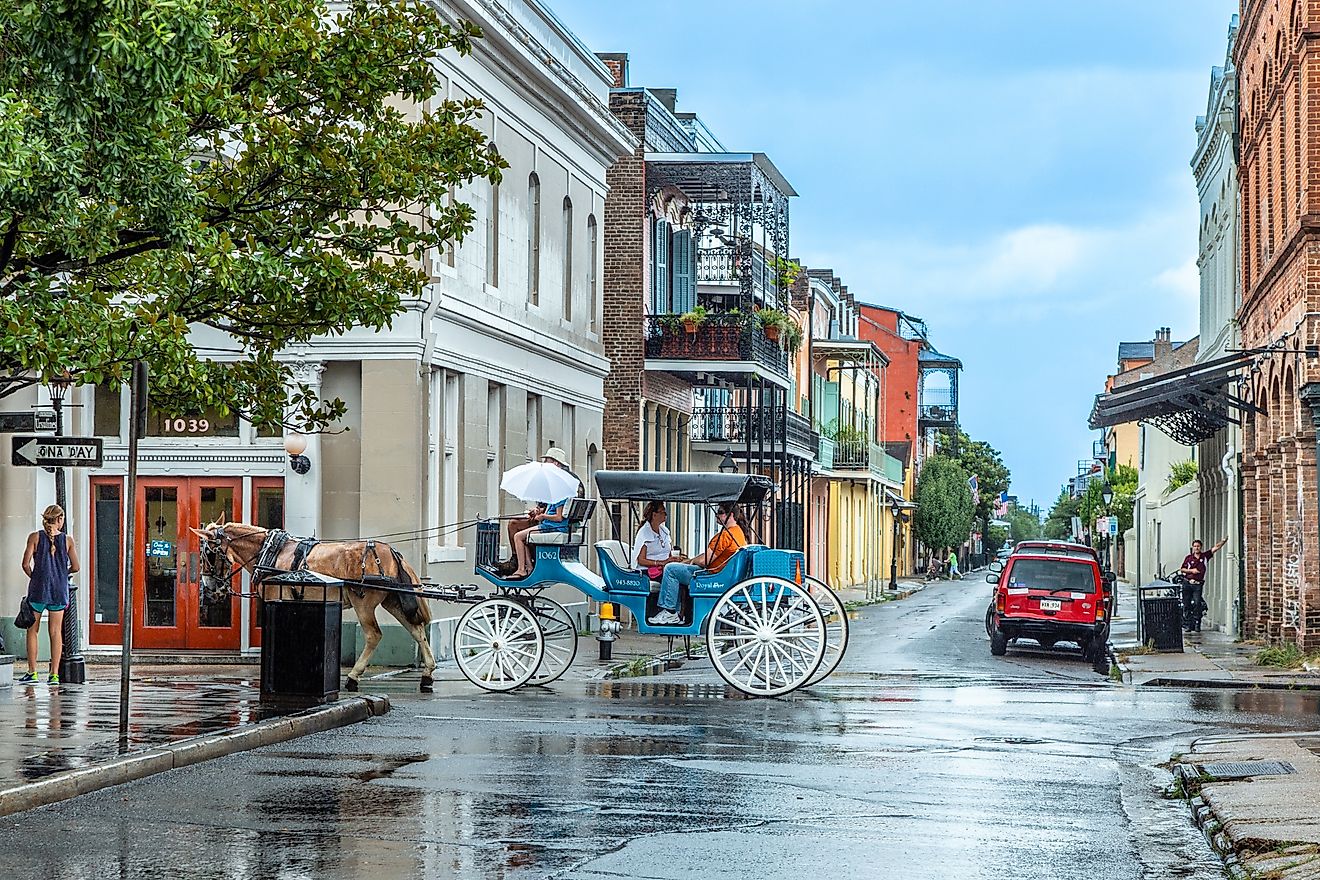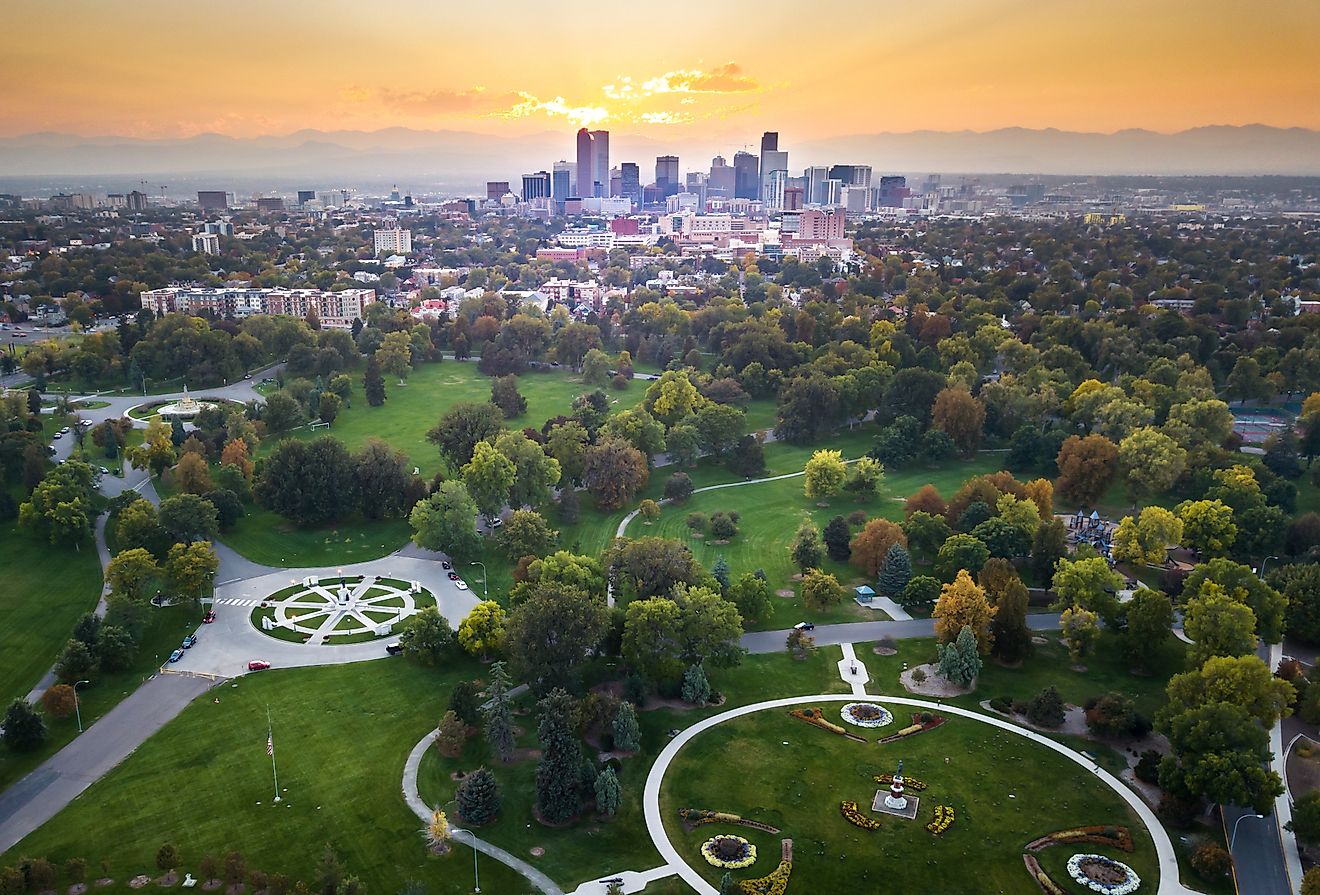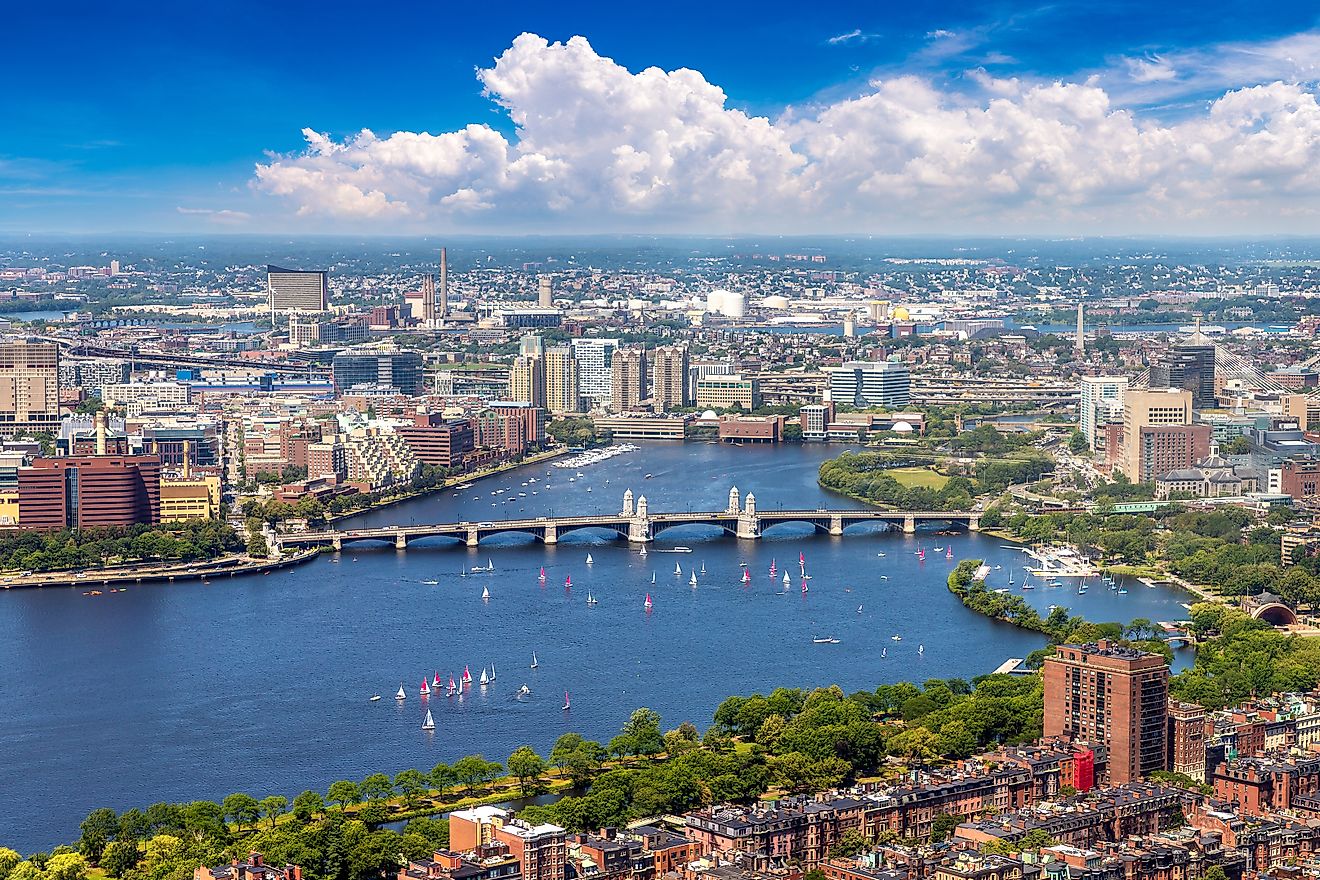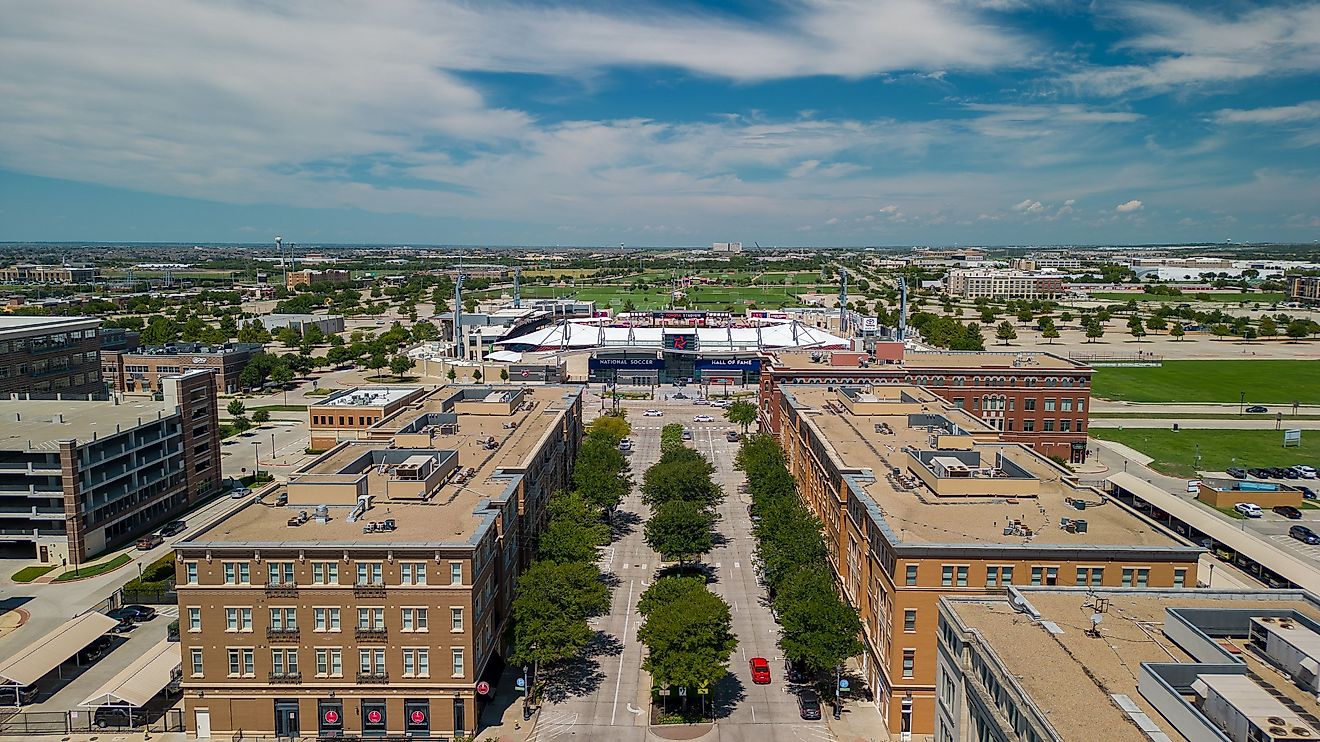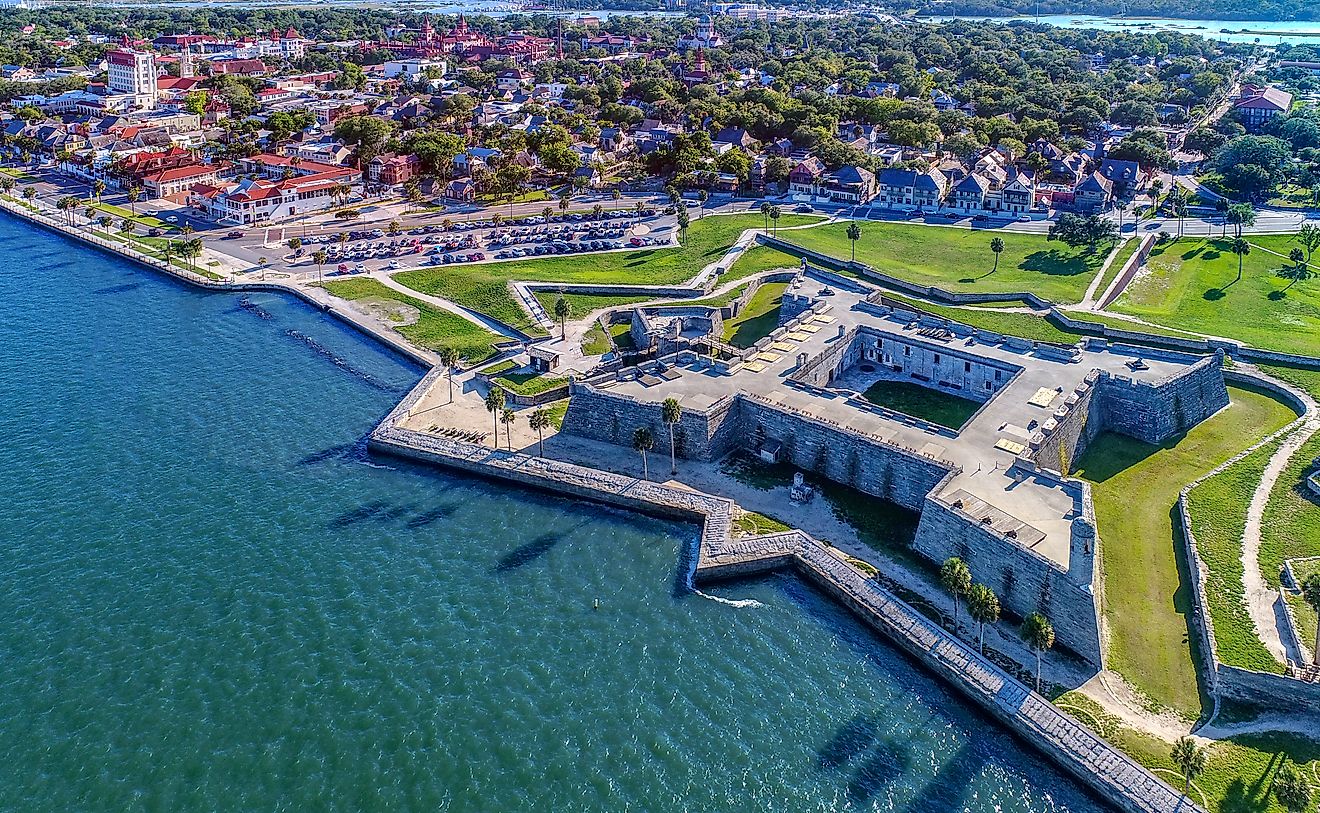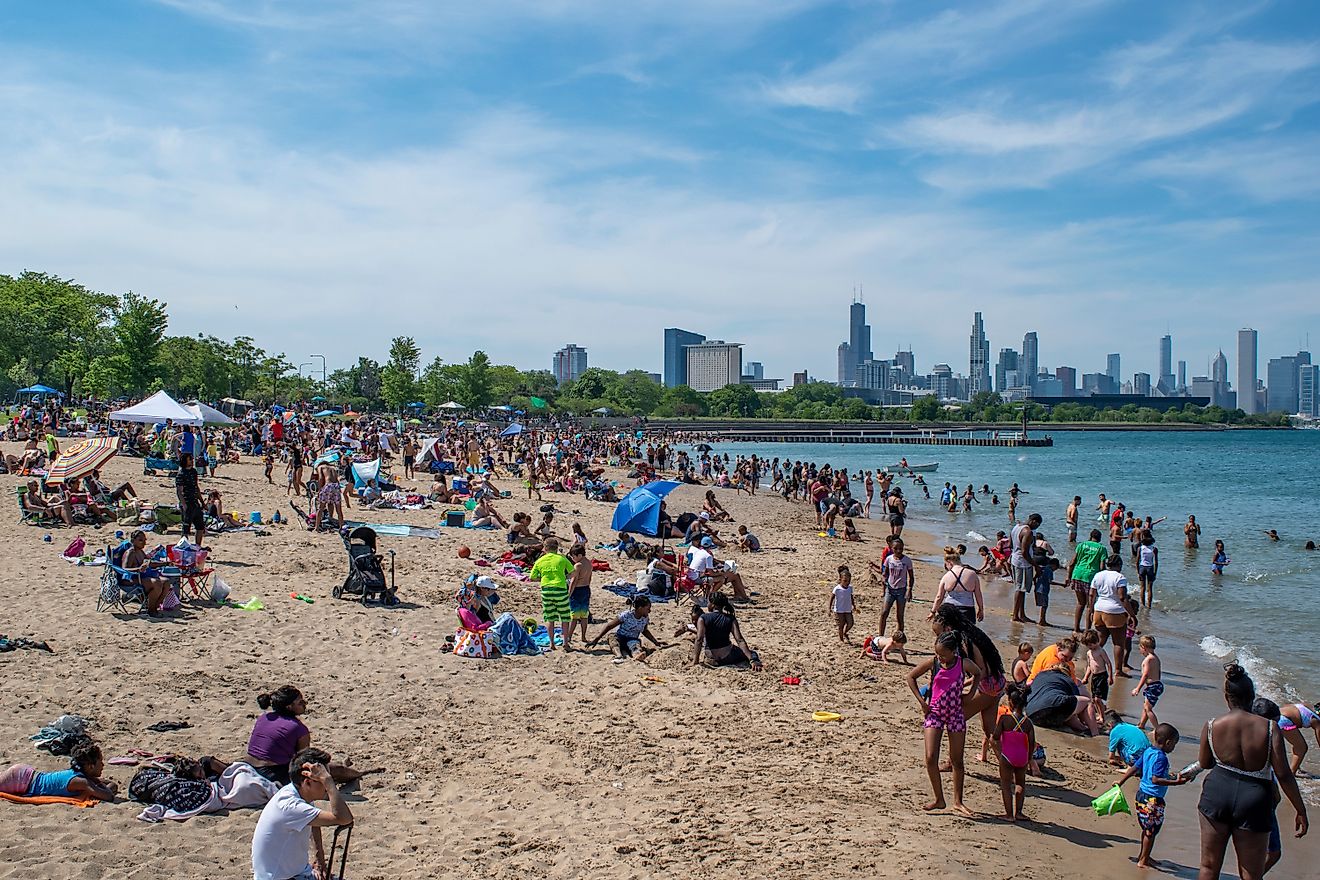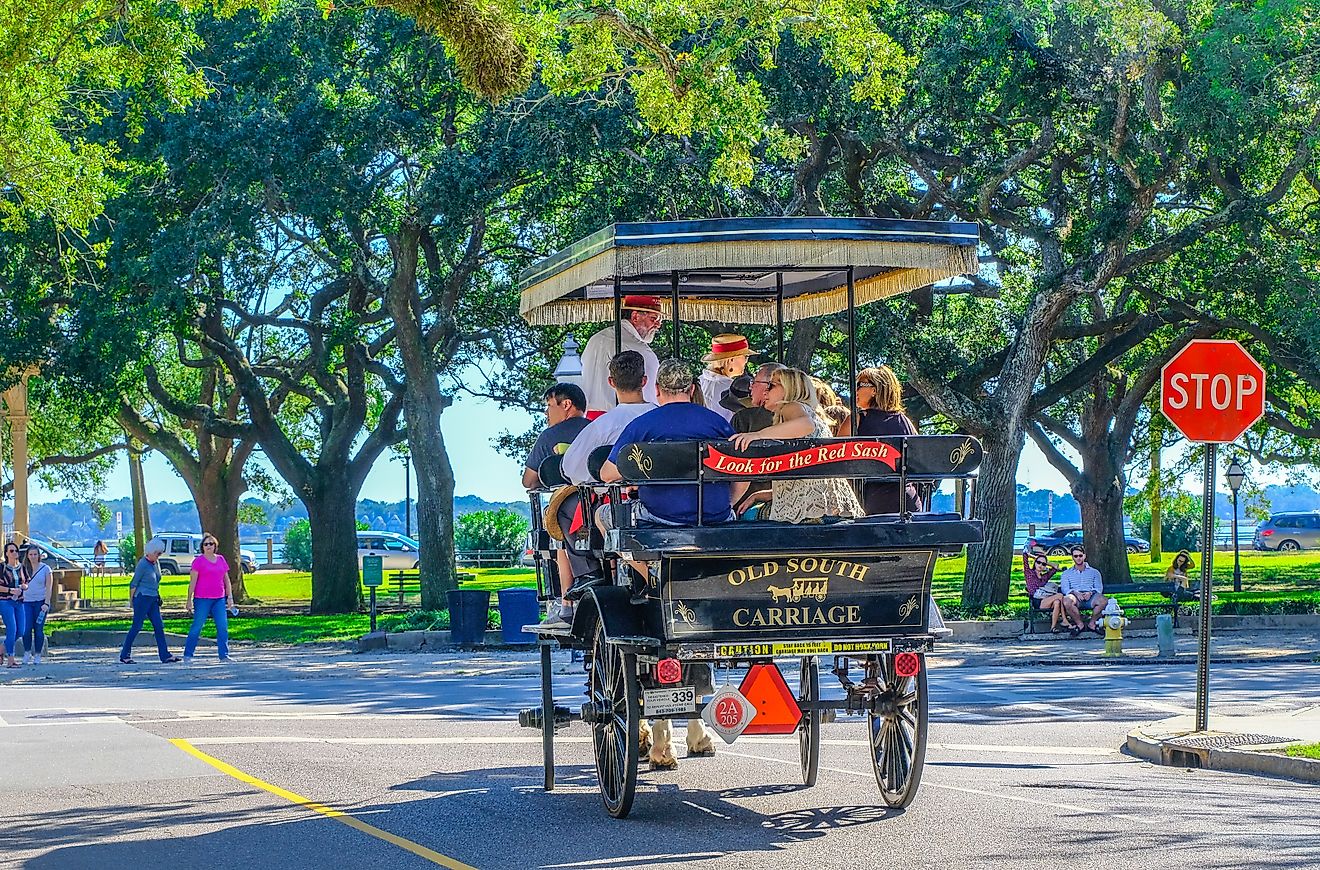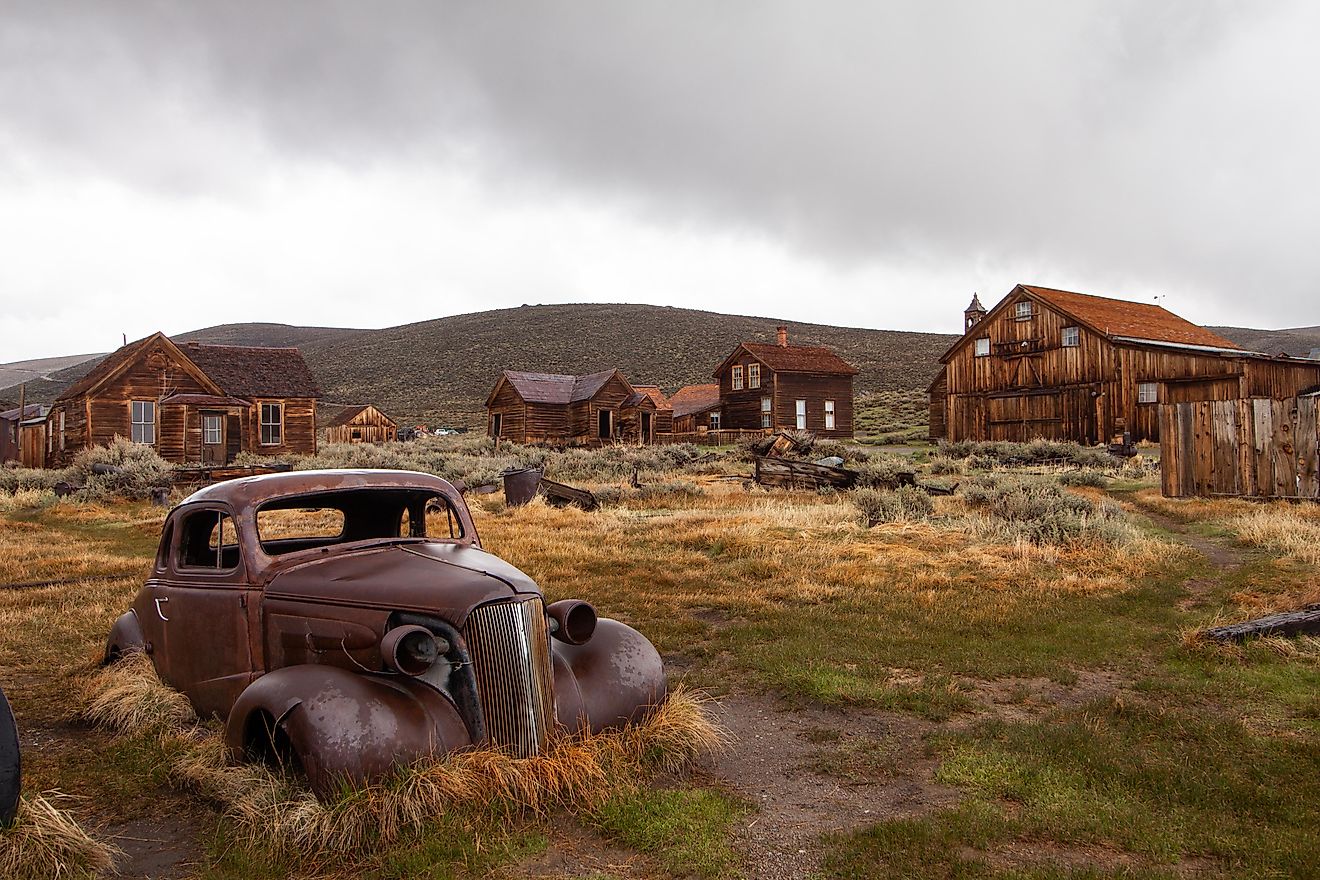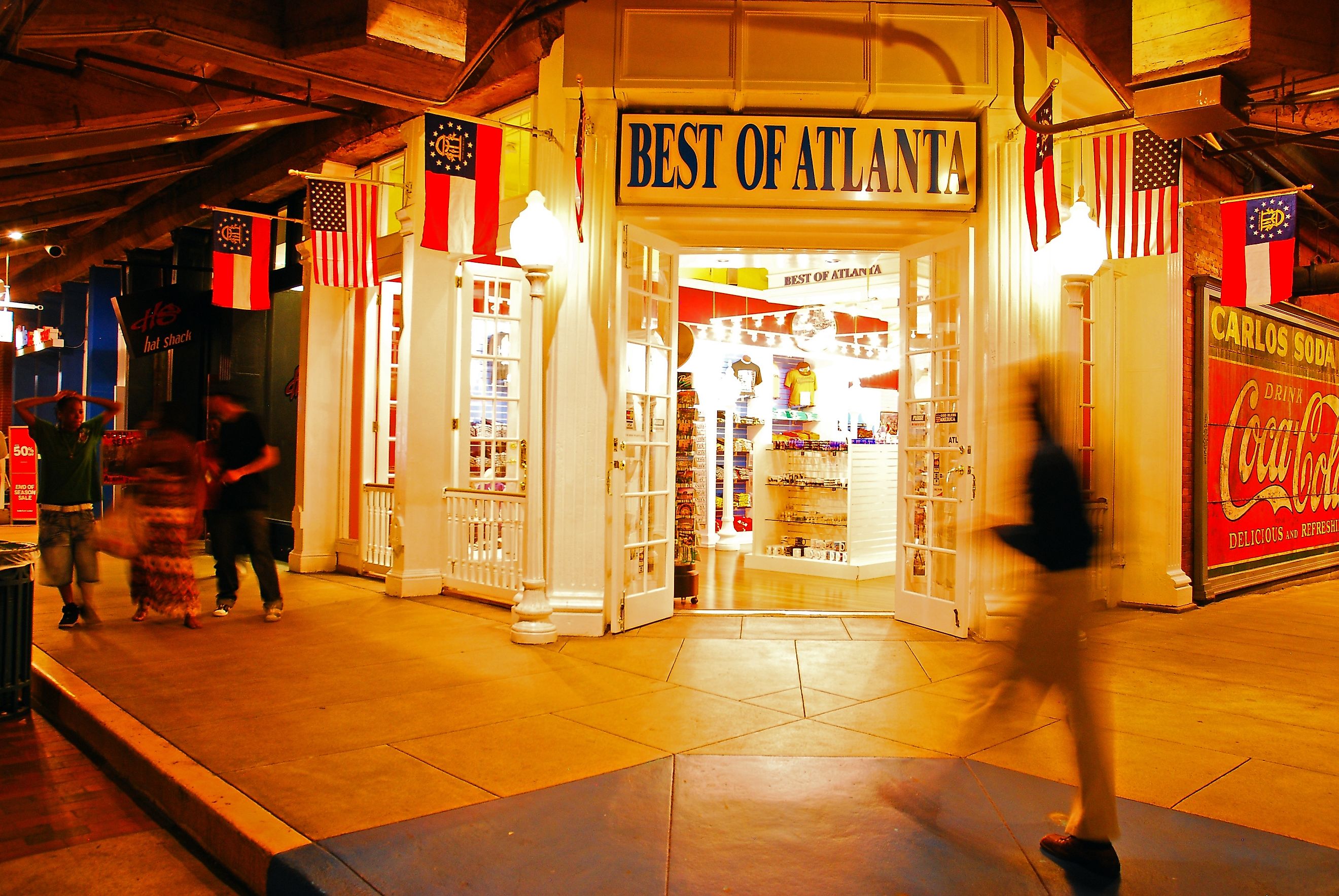
7 Underground Cities in The US
Beneath the surface of America’s cities lies a hidden world, forgotten tunnels, buried streets, and entire networks once teeming with life.
These underground spaces tell fascinating stories of survival, secrecy, and ingenuity. Some formed out of necessity, like during Prohibition or harsh winters, while others were intentionally buried as cities grew and changed. Today, a few remain in use, while others sit in eerie silence beneath busy sidewalks.
From Seattle’s hidden streets to Missouri’s vast underground business district, these seven underground cities reveal a side of America that’s rarely seen but unforgettable once discovered.
Seattle Underground, Washington
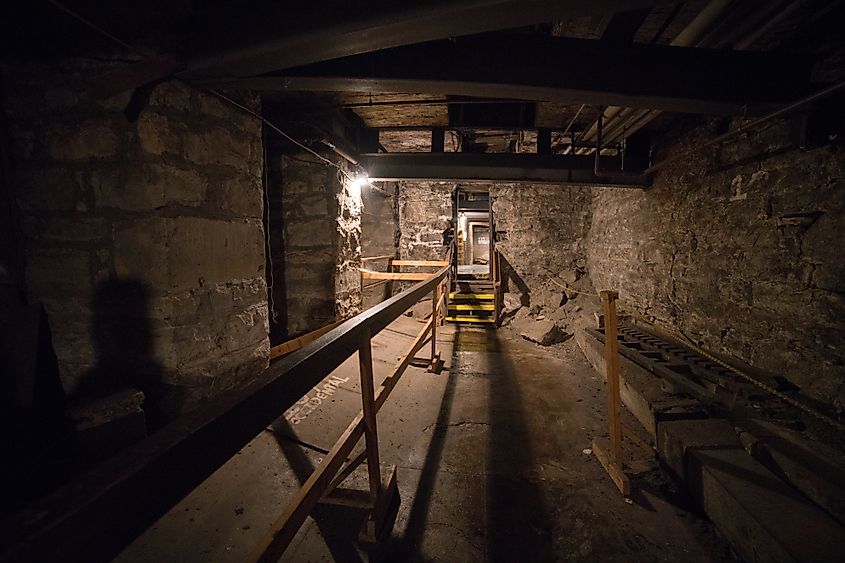
Beneath Seattle’s historic Pioneer Square lies a forgotten city, one that thrived in the 1800s before fire and urban redesign sealed it off. In 1889, the Great Seattle Fire devastated downtown. Rather than rebuild on the same soggy ground level, city planners elevated the streets. The result? An entire network of subterranean storefronts, sidewalks, and alleyways remained below.
Today, the Seattle Underground is one of the city’s quirkiest attractions. Visitors can explore through guided tours, where iron columns, glass-pane sidewalk skylights, and antique plumbing tell tales of a gritty frontier town rebuilt from the ground up. It’s eerie, oddly beautiful, and full of secrets.
Atlanta Underground, Georgia
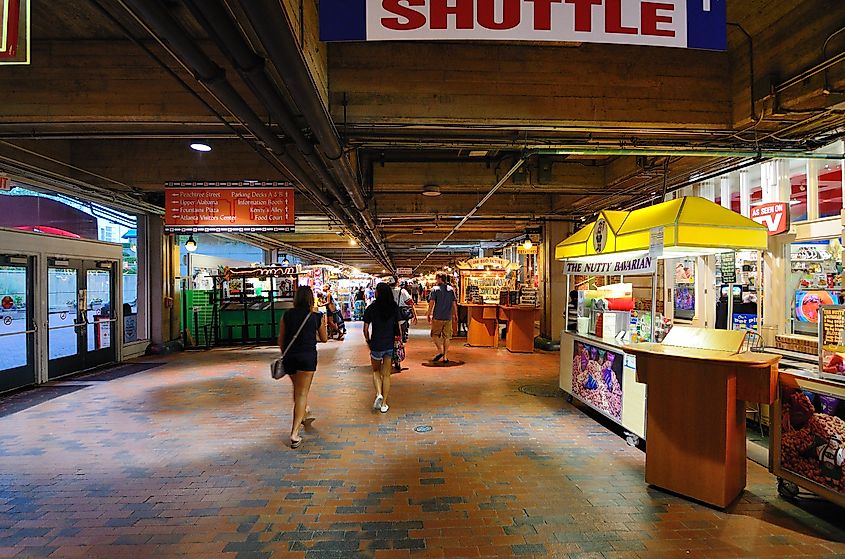
Atlanta’s modern downtown hides an unexpected secret: a historic six-block district buried beneath the city’s skyscrapers. Known as “Underground Atlanta,” this network of 19th-century roads, storefronts, and railway platforms originally served as a bustling transportation hub during the city’s post-Civil War boom.
Urban development eventually raised the street level, enclosing entire sidewalks and buildings beneath viaducts. For much of the 20th century, the area fell into decay, only to be reborn as a cultural hub in the 1960s and again in the 1990s. Although it has struggled to maintain momentum in recent years, major redevelopment plans are underway to reimagine this underground city as a vibrant retail and entertainment space once more.
Kansas City SubTropolis, Missouri
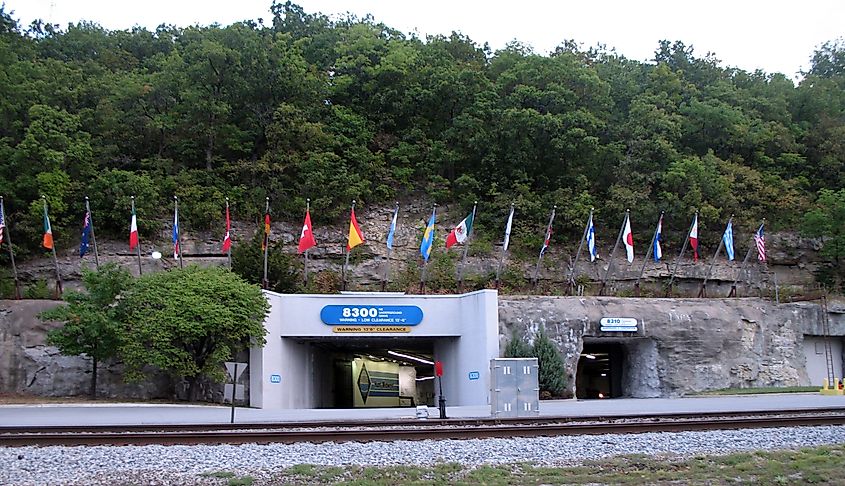
Unlike the decaying tunnels of old cities, Kansas City’s SubTropolis is a thriving underground industrial park and it’s massive. Spanning over 55 million square feet, this man-made limestone cave system beneath the bluffs of the Missouri River is the largest underground business complex in the world.
Originally carved out by limestone miners, the cool and consistent climate made it ideal for storing sensitive materials. Today, SubTropolis houses everything from government records to cloud computing servers to a US Postal Service distribution center. It even has its own zip code. For a city that operates almost entirely below the surface, it’s astonishingly high-tech.
Portland Shanghai Tunnels, Oregon
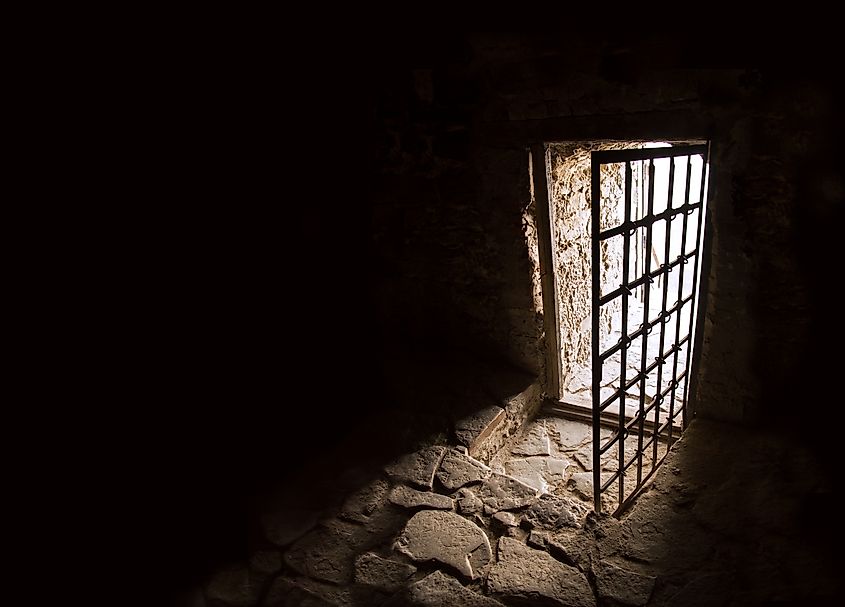
Nicknamed the “Portland Underground,” the infamous Shanghai Tunnels beneath Portland’s Old Town tell a darker story. In the late 1800s and early 1900s, the city was a bustling port and a dangerous place to pass out. Men were allegedly kidnapped, drugged, and smuggled through the tunnel network onto ships bound for Asia, a practice known as “Shanghaiing.”
While historians debate the extent of this lore, the tunnels themselves are very real. Originally built to move goods from ships to basements of downtown businesses, these brick-lined corridors now offer haunting tours filled with tales of brothels, opium dens, and human trafficking. It's a chilling reminder of how shadowy the past can be even beneath one of America's hippest cities.
Chicago Pedway, Illinois
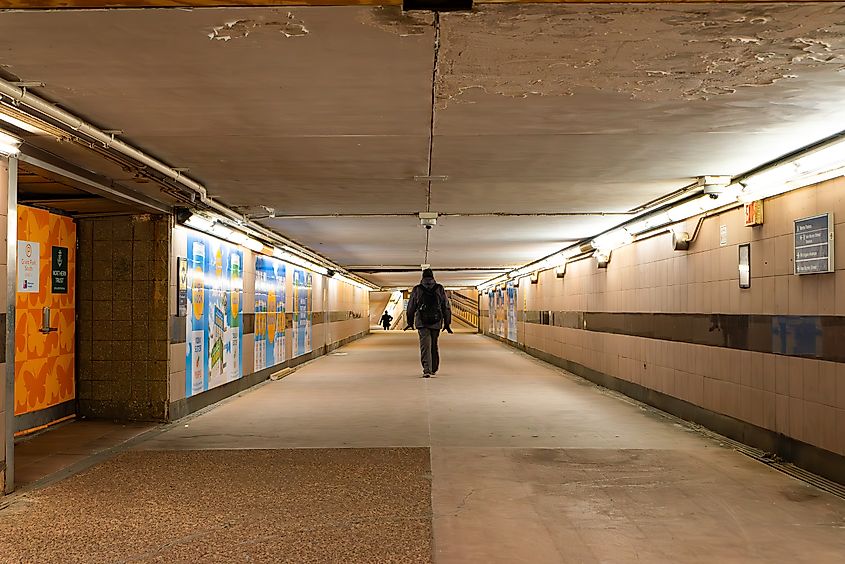
Deep beneath Chicago’s icy winter winds lies a warm, dry lifeline for commuters: the Chicago Pedway. This 40-block network of underground tunnels and overhead skyways connects more than 50 buildings in the downtown Loop, including City Hall, hotels, shopping centers, and transit stations.
Originally designed in the 1950s to help pedestrians avoid street-level congestion, the Pedway grew piecemeal over the decades. Parts of it feel like a labyrinth, with vintage signage, eerie quiet corners, and echoes of 1970s design. It’s not quite a “city” in the traditional sense, but during rush hour or a snowstorm, it feels like one that's full of life, energy, and its own kind of urban culture.
Houston Tunnel System, Texas
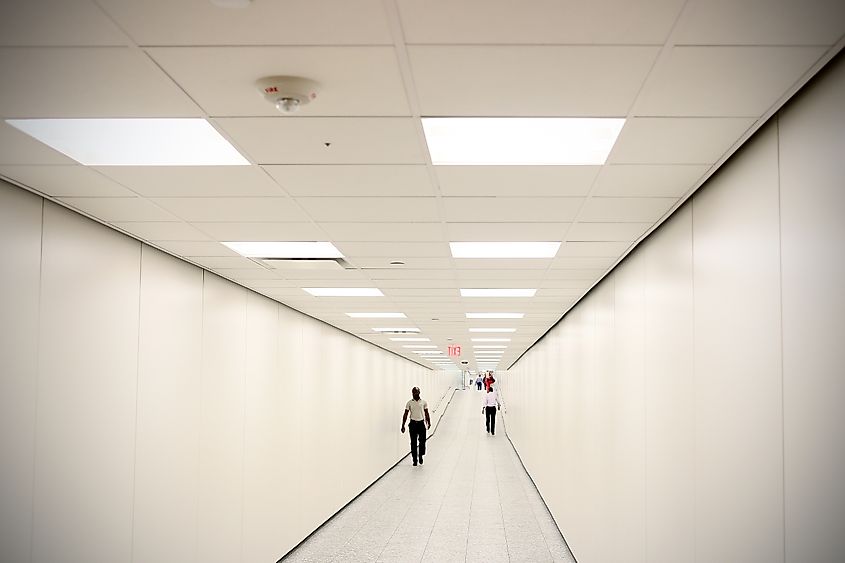
You wouldn’t expect car-loving Houston to have one of the most extensive pedestrian tunnel networks in the country, but it does. Stretching more than 6 miles beneath the city’s downtown, the Houston Tunnel System connects 95 city blocks and is used by thousands of office workers daily.
Originally built in the 1930s as a link between two movie theaters, the tunnel system has evolved into a full-blown subterranean metropolis. It features everything from banks and barber shops to food courts and fine dining. It's open only on weekdays, so tourists often miss it, but for Houstonians in the know, the tunnels are an essential part of daily life in this sweltering city.
The Hidden Catacombs of Indianapolis, Indiana
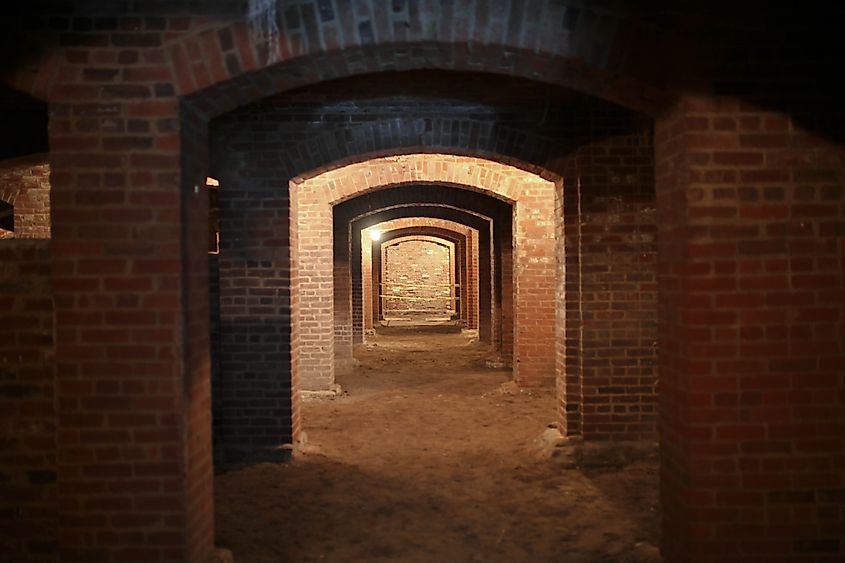
Beneath Indianapolis, a network of catacombs tells a story of the city’s past, once used to transport and store meats and produce for market sales. Constructed in the late 19th and early 20th centuries, these underground tunnels helped facilitate the city's bustling economy by providing a cool, secure environment for goods.
In 1958, a devastating fire destroyed portions of the catacombs, including most of the iconic Tomlinson Hall above ground. Over the years, the underground space also became a refuge for homeless individuals seeking shelter during harsh winter storms.
Today, while much of the catacombs remain closed off, their historical significance remains a mysterious part of Indianapolis’ urban landscape. These hidden tunnels stand as a testament to the city's evolution and its resilience in adapting to both practical and unpredictable challenges.
The Fascination with What Lies Beneath
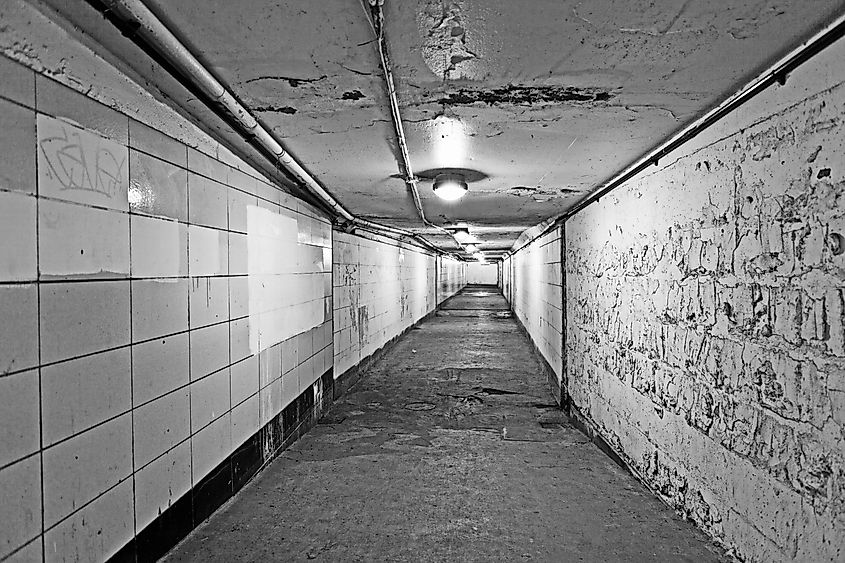
So, why the obsession with underground cities? For one, they tap into something primal, an urge to explore the unknown, to uncover what’s hidden. Whether it’s an abandoned bootlegging tunnel, a climate-controlled tech park, or a secret pedestrian highway, these places offer a thrilling blend of mystery and function.
They are also stories of adaptation. Fires, floods, waves of crime, and urban sprawl have pushed people to rethink space, and underground cities became a solution when above-ground options ran out. They stand as testaments to resilience and reinvention.
In a world increasingly shaped by climate change, population density, and digital innovation, some urban planners are looking down for ideas. Could the next wave of city planning take shape below the surface?
Travel Tips for Exploring Underground Cities
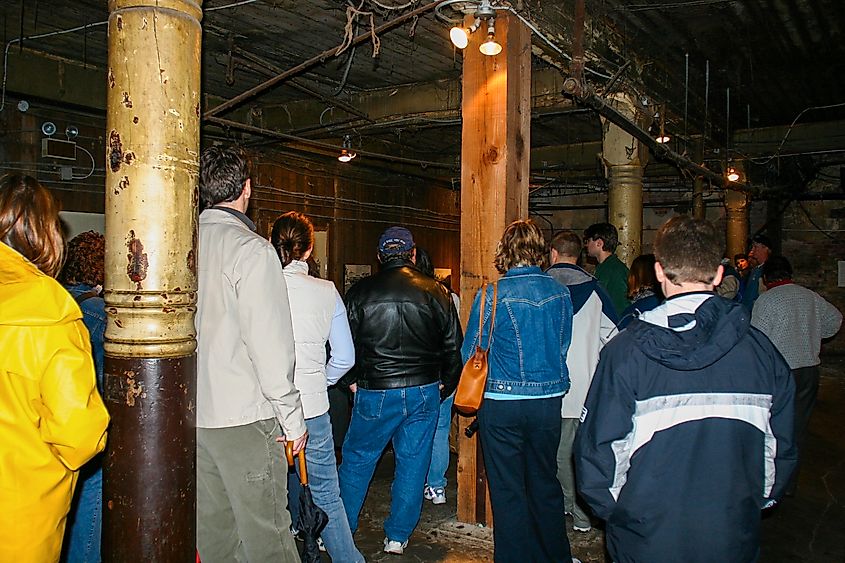
If you're curious to explore America’s underground side, here are some travel tips to help you make the most of your journey:
-
Dress for the environment. Underground spaces can be cooler and damper than the surface, even in summer.
-
Go with a guide. Many of these sites require permission or tickets to enter, and tours often provide rich historical context.
-
Expect surprises. Whether it’s bats, bootlegging tunnels, or unexpected pop-up shops, the underground is full of twists and turns.
-
Respect the past. Some underground sites are protected historical landmarks, so leave them as you found them.
-
Watch your head. Seriously! many tunnels were built before modern height standards.
